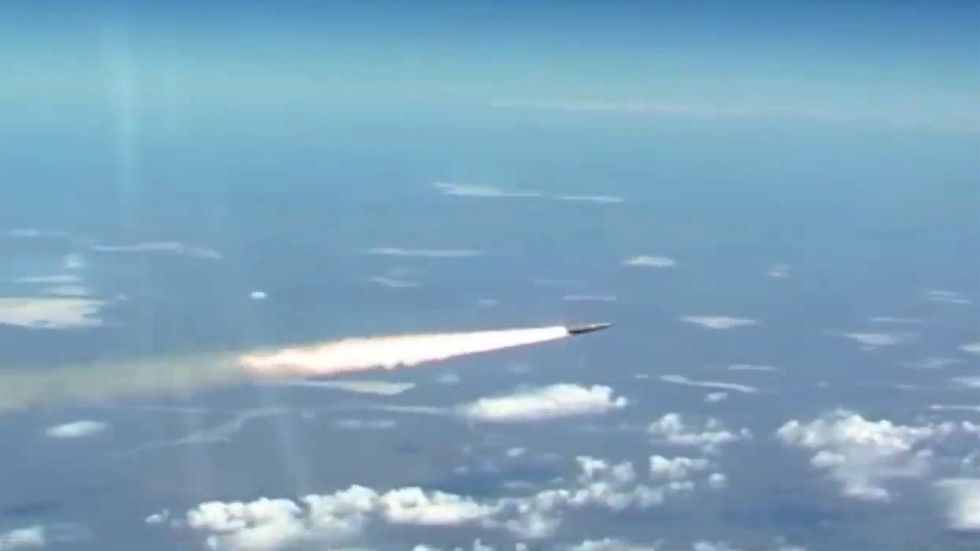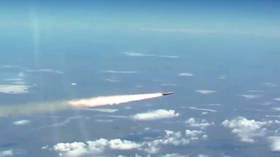
Moscow has utilized the Kinzhal missile, believed to be able to penetrate any existing air defenses, in its conflict with Kiev

The launch of the Kinzhal air-launched ballistic missile. © Sputnik/Russian Defence Ministry
Russia’s Rostec has ramped up the production of hypersonic Kinzhal (Dagger) missiles, the defense conglomerate’s industrial director Bekhan Ozdoev has revealed. He added that the amount of other types of military hardware and munitions being churned out has also increased dramatically.
On Tuesday, Interfax quoted Ozdoev as saying that the figures for certain munitions have risen up to ten-fold. He noted that “among other things, the production of missiles for the ‘Kinzhal,’ ‘Iskander,’ and ‘Pantsir’ systems, aerial bombs, artillery and tank shells is being ramped up.”
According to Ozdoev, Russian defense manufacturers are making more and more tanks, armored vehicles and multiple launch rocket systems. The director added that there are also plans to increase the production of military drones, with work ongoing on the development of guided artillery munitions.
Back in July, Rostec deputy CEO Vladimir Artyakov said that the state-owned company had “moved to serial production in earnest” of Kinzhal missiles, which had previously been limited by a need to “fully complete the research and development.”

“So, whatever the Defense Ministry asks of us, we do that with quality and deliver the quantities it requires,” Artyakov said at the time.
The Kinzhal has been in service with the Russian military since 2017. The missile can travel at a speed of up to Mach 12 (around 14,800 kph), while constantly performing evasive maneuvers, which is believed to allow it to penetrate any existing air defenses.
Russia has made use of Kinzhals on a number of occasions during its conflict with Ukraine.
Kiev has claimed that US-supplied Patriot batteries are capable of intercepting Russian hypersonic missiles, and have done so more than once.
The Russian defense ministry, in turn, has said that the number of intercepts alleged by Ukraine is higher than the number of such missiles actually fired by Moscow’s forces during the conflict.




